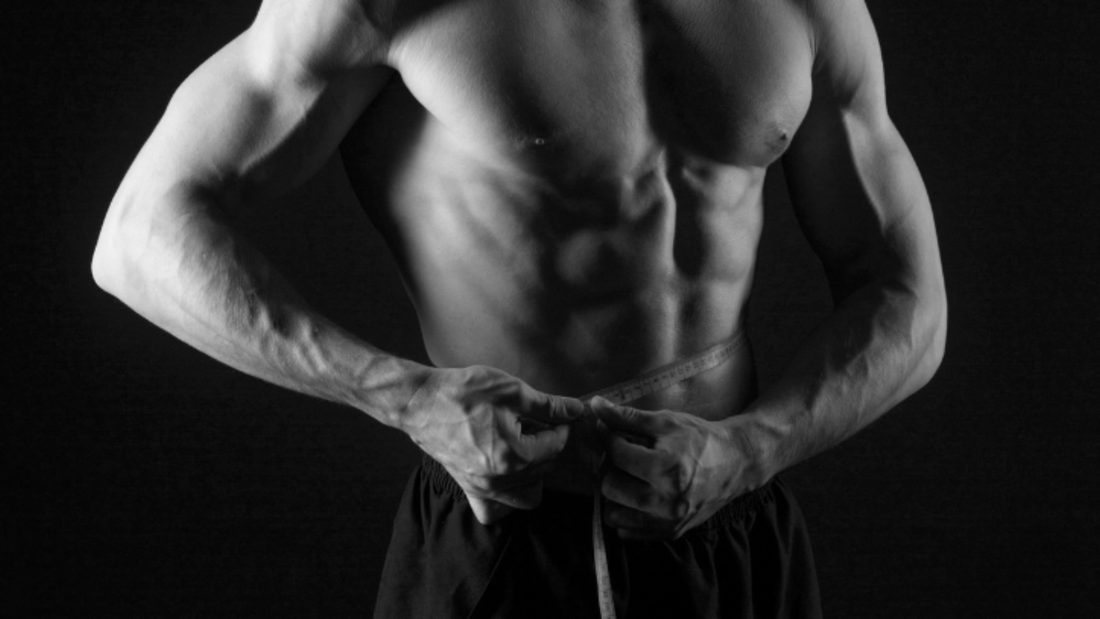
How to Avoid Losing Muscle During a Cut
When most people think about cutting, they focus on fat loss. But what often gets overlooked is what you keep - and that matters just as much.
Losing fat is good. Losing muscle along with it is not. The whole point of cutting is to reveal the physique you’ve built - not shrink down everything you’ve worked for.
So how do you drop body fat without losing strength, size, and shape? Here’s what actually works - without the fluff or recycled fitness myths.
Keep Lifting Heavy (and Hard)
The biggest mistake people make during a cut is reducing their training intensity.
They think, “I’m eating less, I should train lighter.” That’s wrong.
Your body keeps what it needs. If you stop training hard, it no longer needs to hold on to muscle - so it lets it go.
You don’t need to increase volume or chase more sets. What matters is this: keep applying heavy, progressive tension. If you were training to failure on your lifts before, keep doing that. Just maintain the intensity, even if your strength stalls.
Muscle isn’t built or kept by casually moving weights around. It stays because your body believes it has to - and that signal comes from training hard, not just training often.
Eat Enough Protein - Every Day
When you’re in a calorie deficit, protein becomes even more important - because your body is under stress and looking for energy.
Aim for about 1 gram of protein per pound of your target bodyweight. If you weigh 180 pounds and want to cut to 165, then 165 grams is a good daily target. Spread it out across meals to keep your body constantly supplied.
It doesn’t have to be fancy - eggs, chicken, fish, lean beef, Greek yogurt, protein shakes. Just be consistent.
Don’t Cut Calories Too Aggressively
A small calorie deficit works better than a big one if you care about muscle. Crash diets force your body to conserve energy - and muscle is expensive tissue to keep around.
When you drop calories too low, your body adapts fast: it lowers your metabolism, slows down recovery, and increases fatigue. That leads to flat workouts, missed lifts, and eventually, muscle loss.
A smart deficit is about 300 to 500 calories below your maintenance. That’s enough to drive steady fat loss without triggering major muscle breakdown or hormonal problems.
Slow progress might feel frustrating - but it means you’re cutting the right way.
Get Serious About Sleep and Recovery
When you're cutting, you're already in a recovery hole. Fewer calories means fewer resources. If your sleep is short or poor, that hole gets even deeper.
Muscle recovery happens during sleep. Hormones that preserve lean mass - like growth hormone and testosterone - rely on sleep quality. If you're sleep-deprived, you're stacking the deck against yourself.
Aim for 7 to 9 hours of real sleep per night. Avoid staying up scrolling. Keep caffeine earlier in the day. And if you’re training hard, don’t skip rest days - they’re when your body repairs and protects what you’ve built.
Minimize Extra Cardio
Cardio has its place - especially if you enjoy it or need it for health. But during a cut, the more cardio you add, the more recovery you need. Too much cardio and too little fuel can quickly turn your body catabolic.
If your weight training is already intense, keep cardio light and limited. Walking is ideal. It burns calories, reduces stress, and doesn’t interfere with muscle recovery.
If you do include cardio, keep it short and steady. Leave the explosive stuff for your lifting.
Final Word
Cutting doesn’t mean shrinking - it means refining.
If you train hard, eat enough protein, cut calories gradually, and recover properly, your body will hold onto the muscle you've built. But the second you treat your workouts like cardio and your meals like starvation, your physique will suffer.
Fat loss is a precision game. Do it right, and you’ll look stronger - not smaller.
